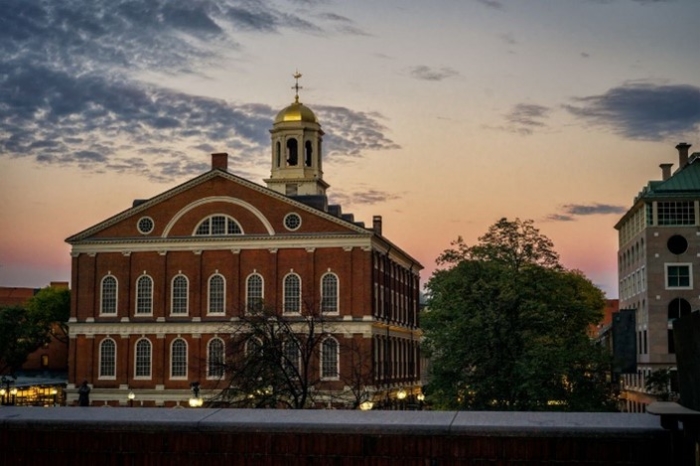Boston: The Jaywalking Capital of America?
If you see someone waiting for a walk signal at a Boston intersection, you know he or she is a tourist. The rest of us do a rapid-fire speed check of oncoming traffic and gauge the risk of crossing, walk signal or not. It doesn’t work that way in most other US cities where fines for jaywalking are steep.
The jaywalking fine for Boston is laughably cheap—just $1. Even though Boston has fewer pedestrian fatalities than New York City, the fine does nothing to deter pedestrians from crossing whenever and wherever they want to.
| City (Most to least populous) | Jaywalking Fine | Pedestrian Fatalities in 2013 | Fatality Rate per 100,000 People |
| New York City | $40-$100 | 178 | 2.12 |
| Los Angeles | $190-$250 | 76 | 1.96 |
| Chicago | N/A | 27 | 0.99 |
| Houston | $1-$200 | 43 | 1.96 |
| Philadelphia | N/A | 36 | 2.32 |
| Phoenix | $75-$500 | 52 | 3.44 |
| San Antonio | $150-$200 | 42 | 2.98 |
| San Diego | N/A | 30 | 2.21 |
| Dallas | $50 (up to $200 with court costs) | 38 | 3.02 |
| Boston | $1 | 7 | 1.08 |
In addition, the pedestrian data above only shows fatalities by city. The National Highway Traffic Safety Administration report that was used to collect this data did not sort the data based on injuries. And Boston’s street structure, unlike that of many other major US cities, does not lend itself to high-speed travel. So while the pedestrian death-count may be low, that doesn’t necessarily translate to a low per-capital accident rate. So is Boston high on the list of non-fatal pedestrian accidents?
Surprisingly, the data to answer this question is hard to come by.
According to the Boston Globe, while the Boston Police have reported, upon request, that there are nearly 800 annual crashes that involve pedestrians, they do not report this number to the Registry of Motor Vehicles. In most Massachusetts communities, the form sent by the police to the RMV – the CRA-65 – doubles as the police accident report, though that is not the case in Boston. Boston police file their own internal reports and, not wanting to spend twice the time filling out paperwork, don’t fill out the CRA-65 at all. This leads to poor reporting methods that obscure the real data on pedestrian accidents and injuries.
Though the information exists, it is not available for holistic data gathering and is therefore not on the public’s radar. The Boston Health Commission keeps data on accident location and severity under wraps in the interest of patient confidentiality.
Despite the lack of transparency, there is work being done to improve pedestrian safety in Boston. The police and Emergency Medical Services have shared their internal data with a task force created in 2014 that aims to increase safety for city walkers.
So is Boston the jaywalking capital of America? Here’s the real scary part: we don’t know. With poorly reported findings, Boston could very well have a serious pedestrian injury, fatality, and accident problem on its hands without even knowing it. And without well-documented data, necessary steps will not be taken to correct the situation.
Sabrina Chishti is a Transparency Intern at Pioneer Institute from Tufts University majoring in biology and political science.
Kevin Lawson is a Political science and economics major at Tufts University.



